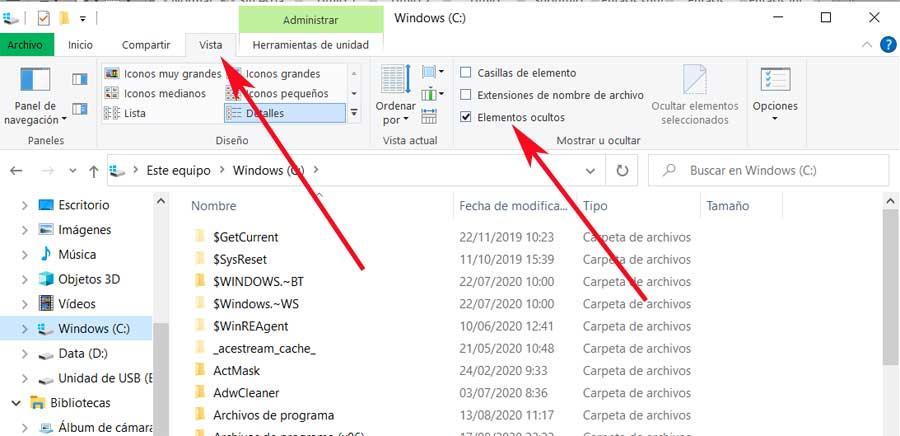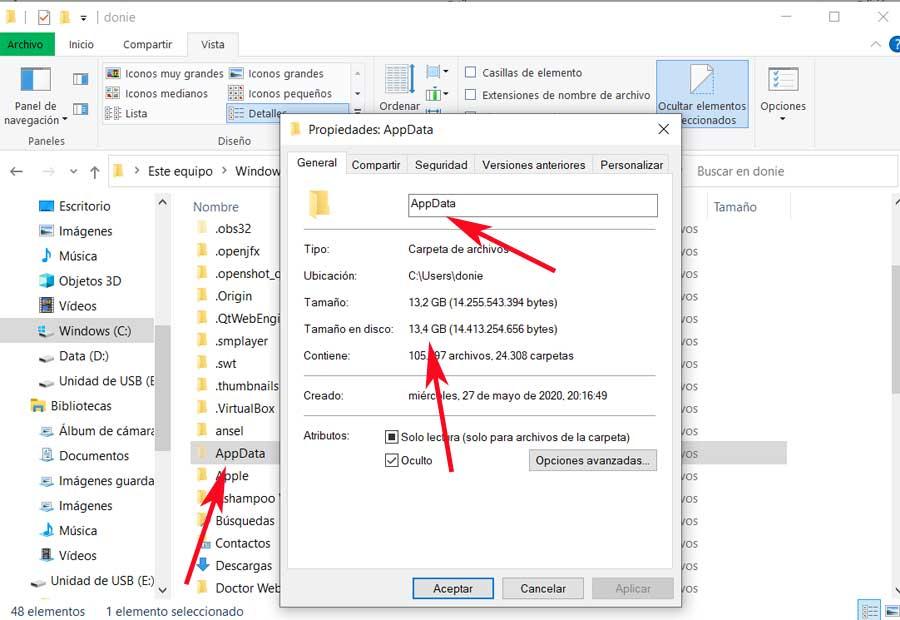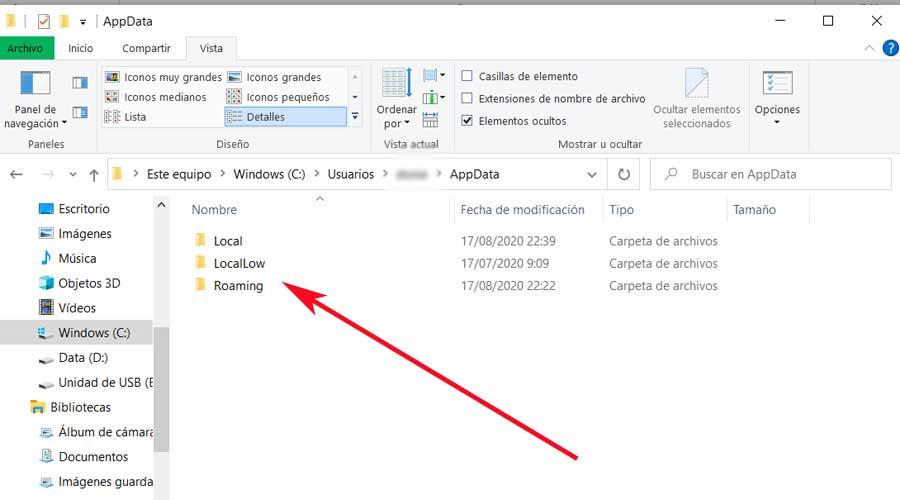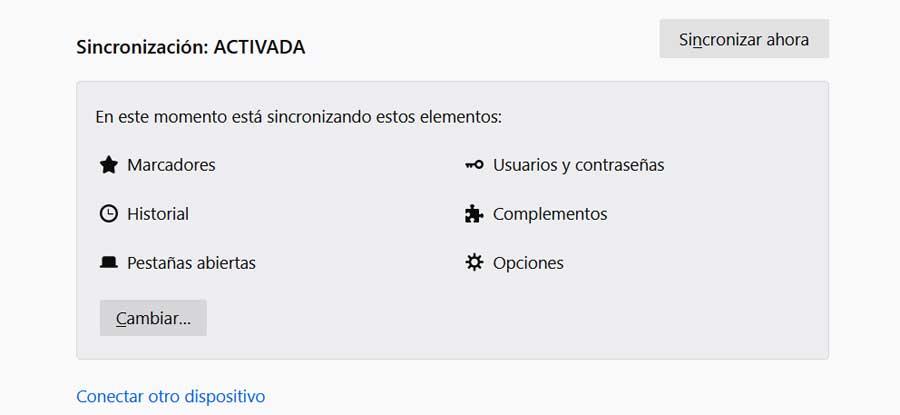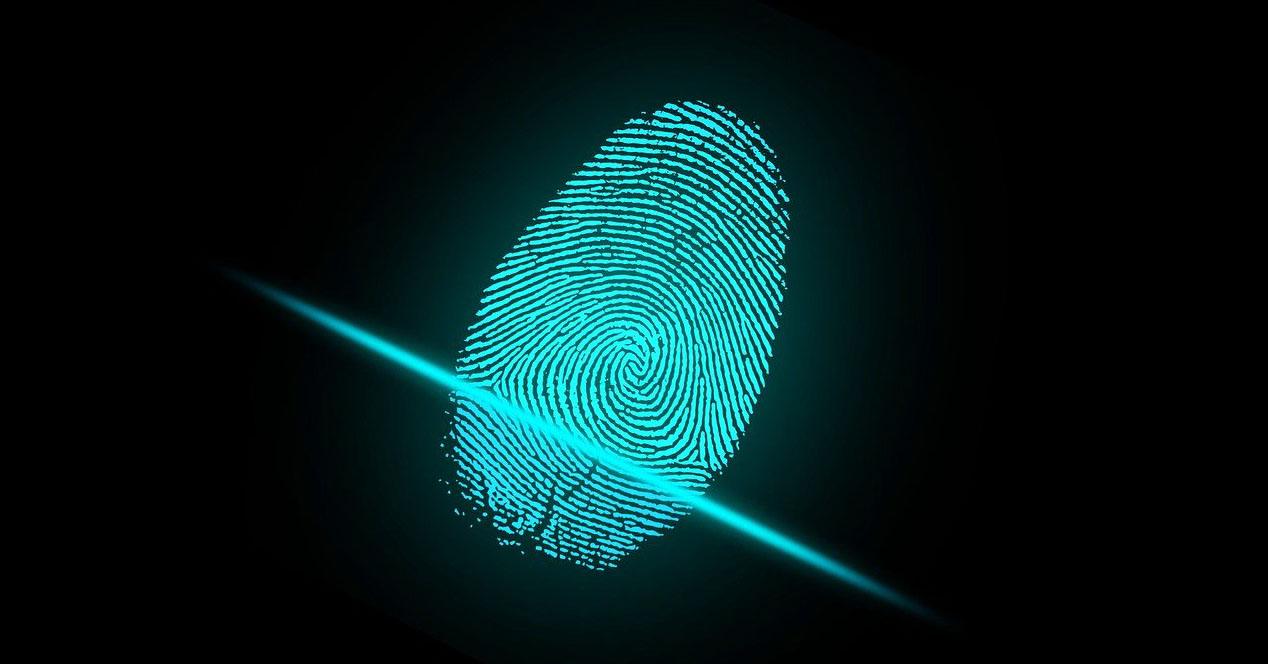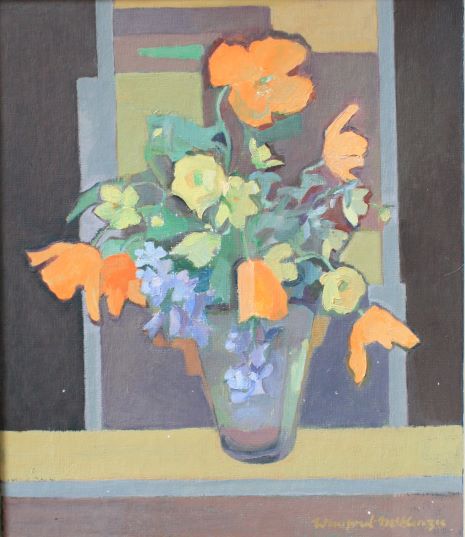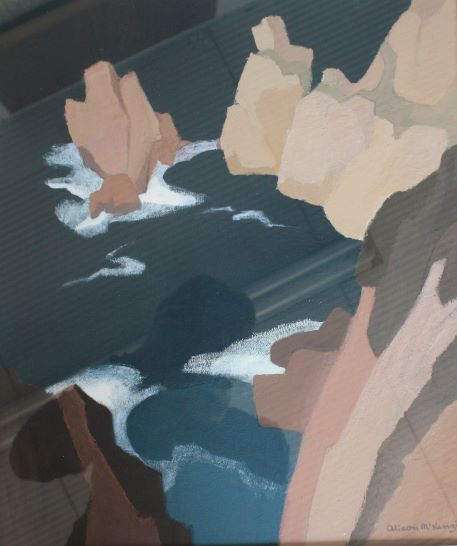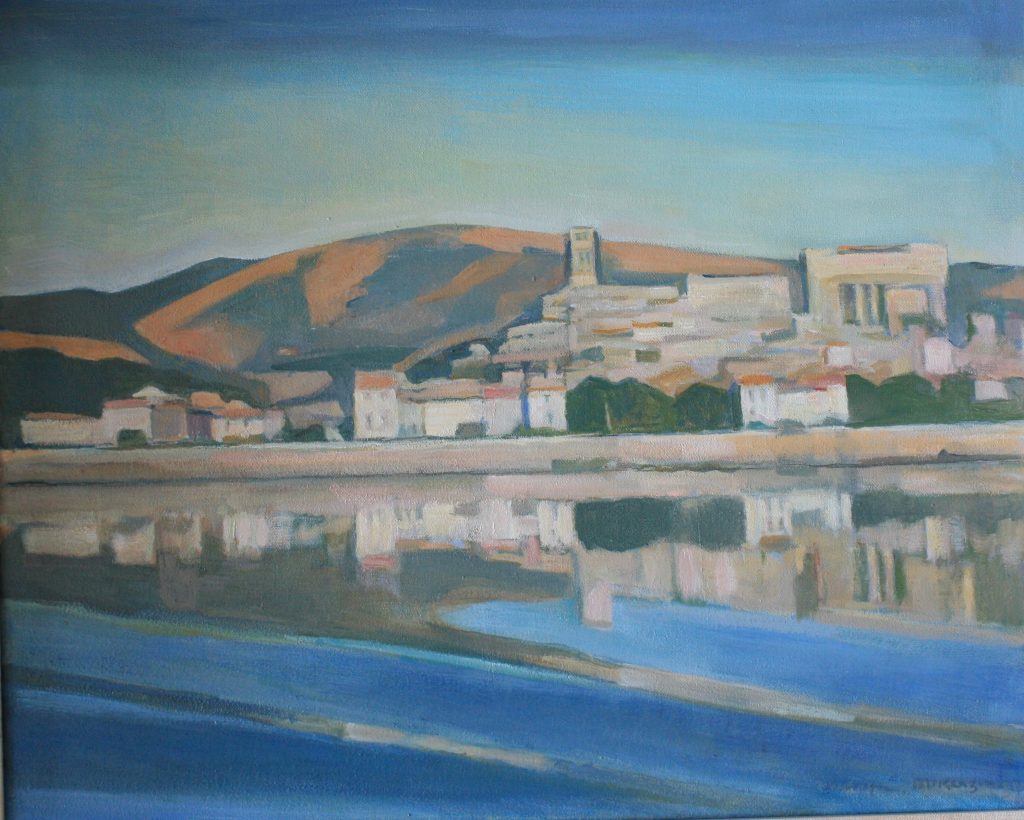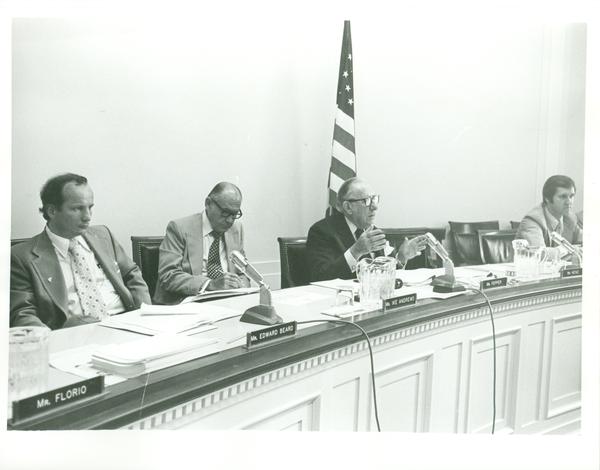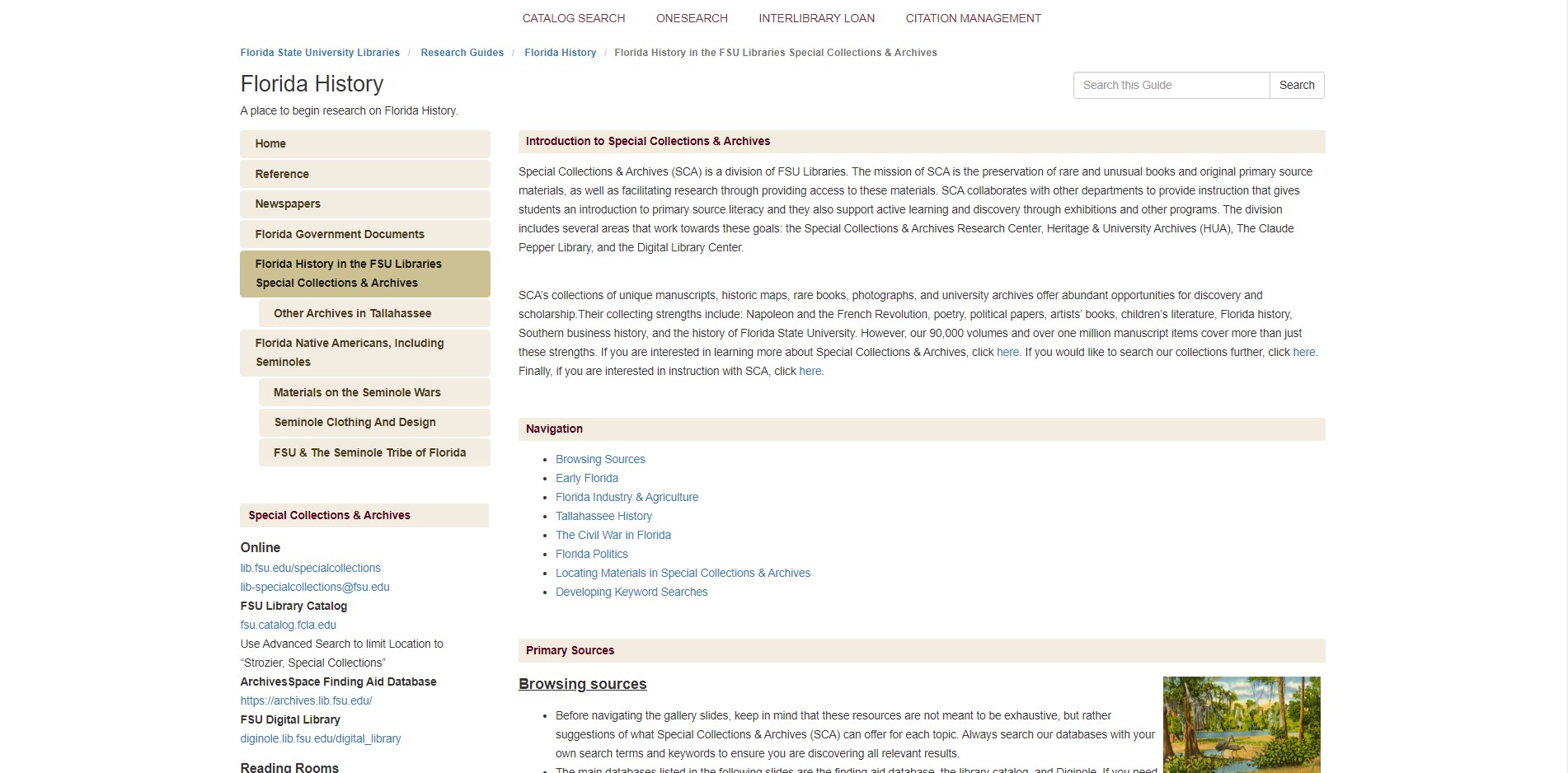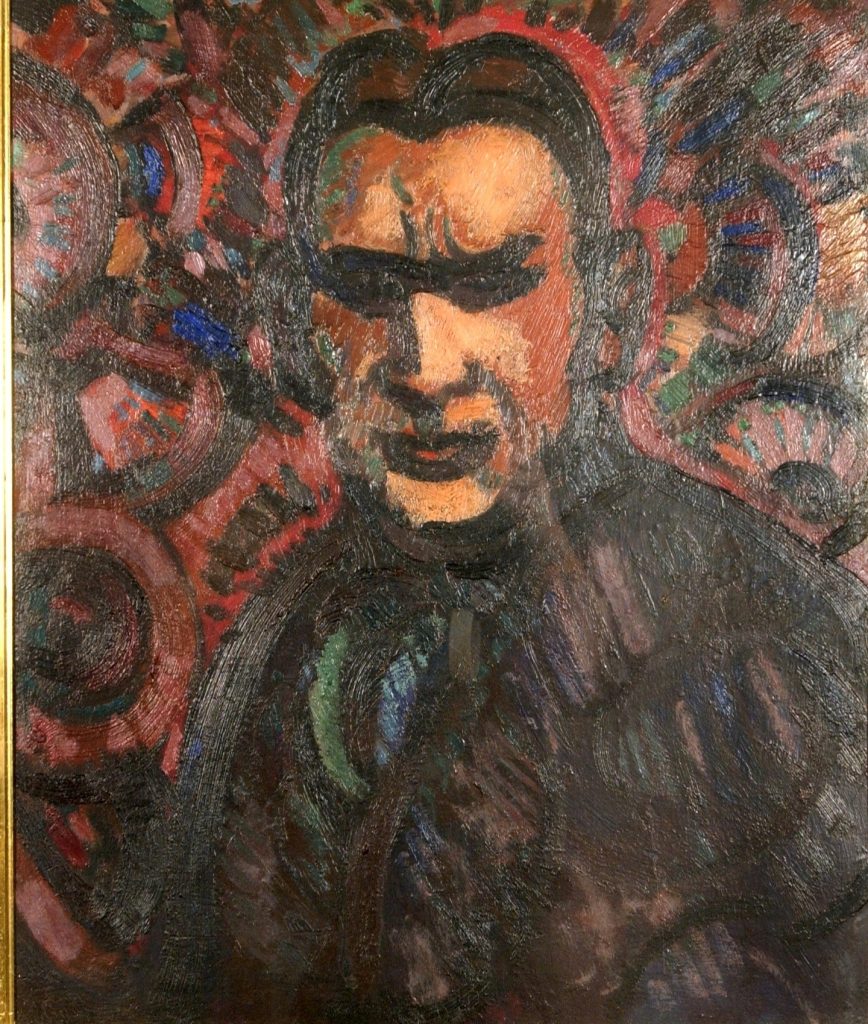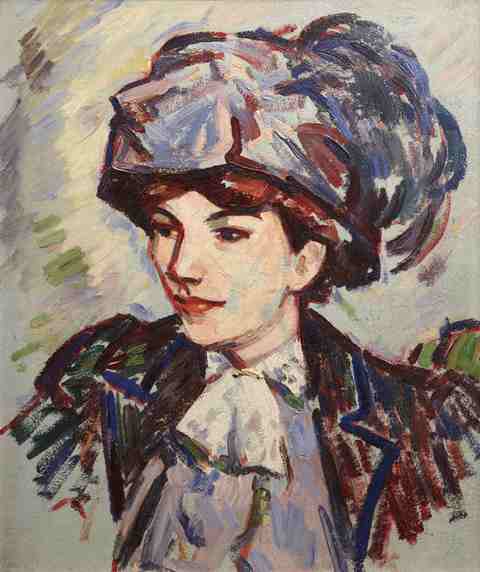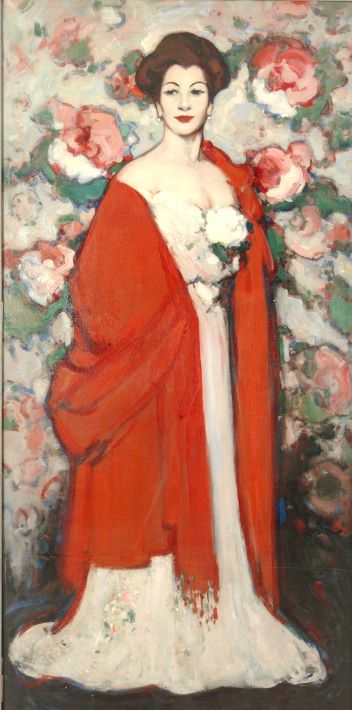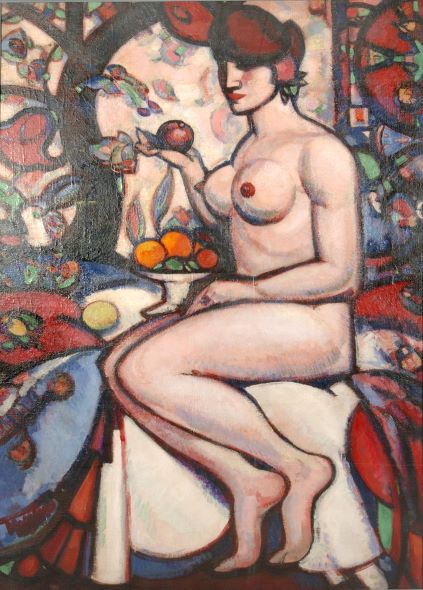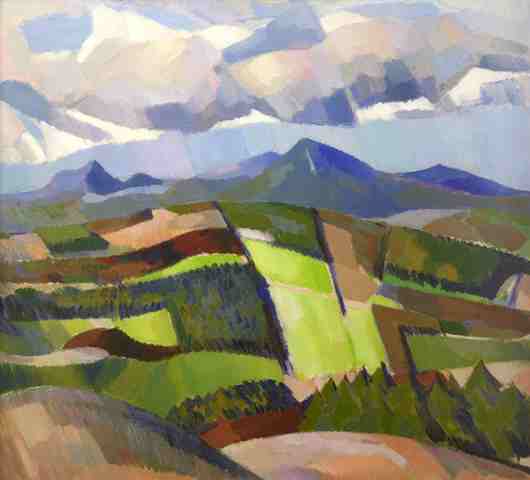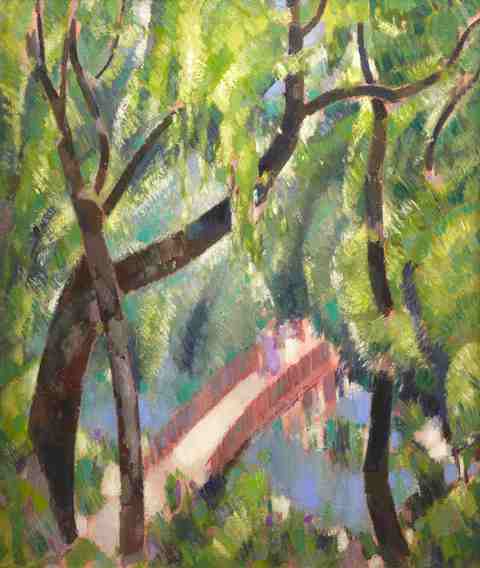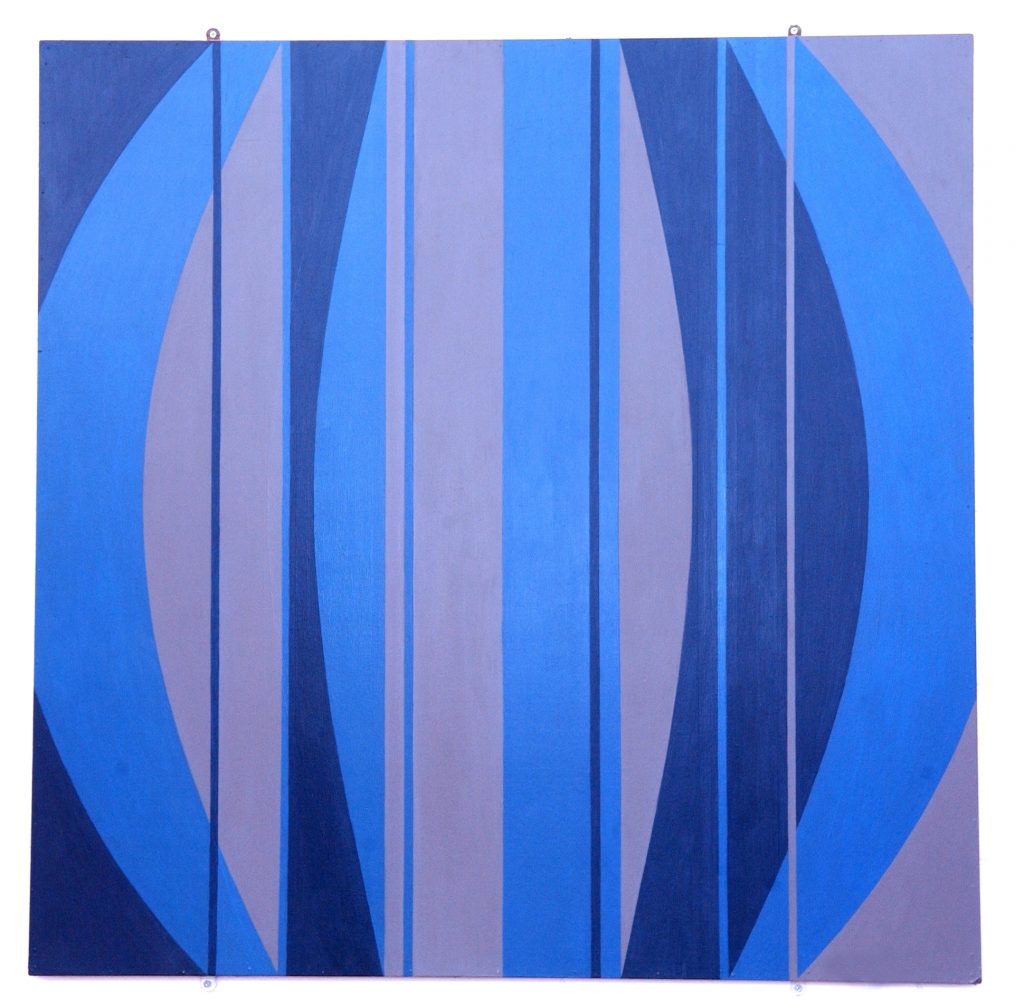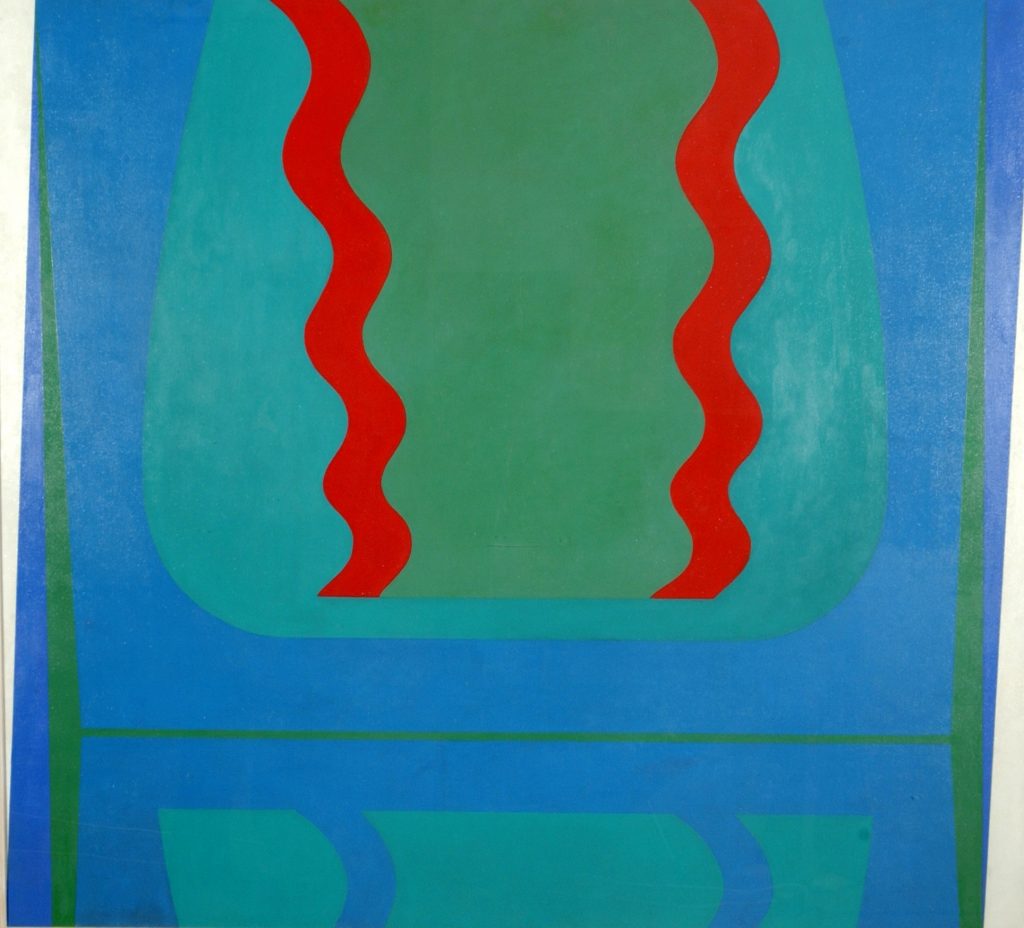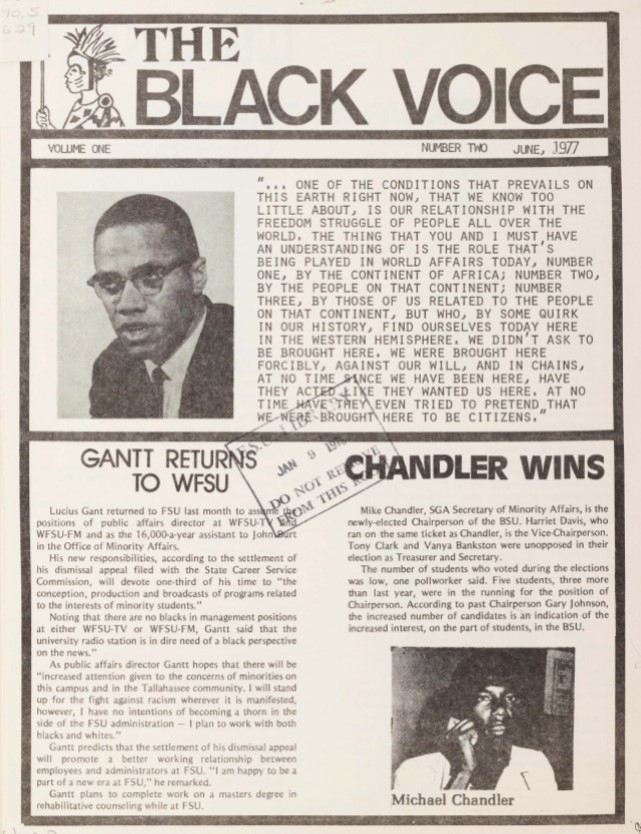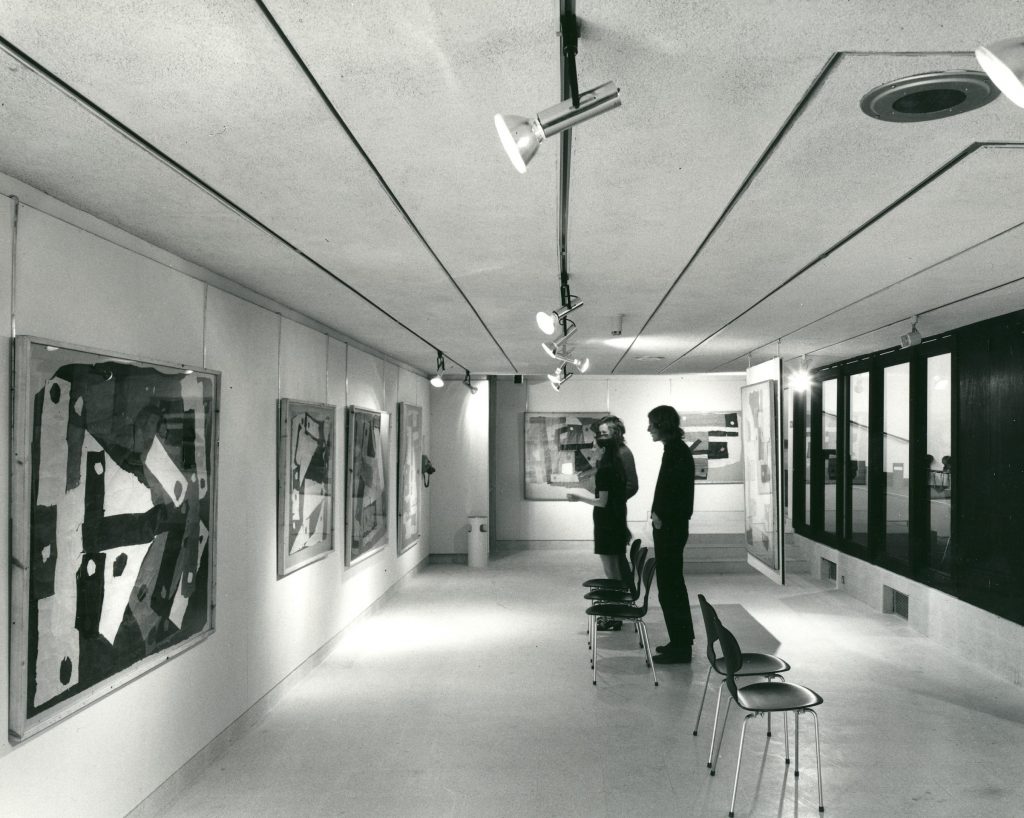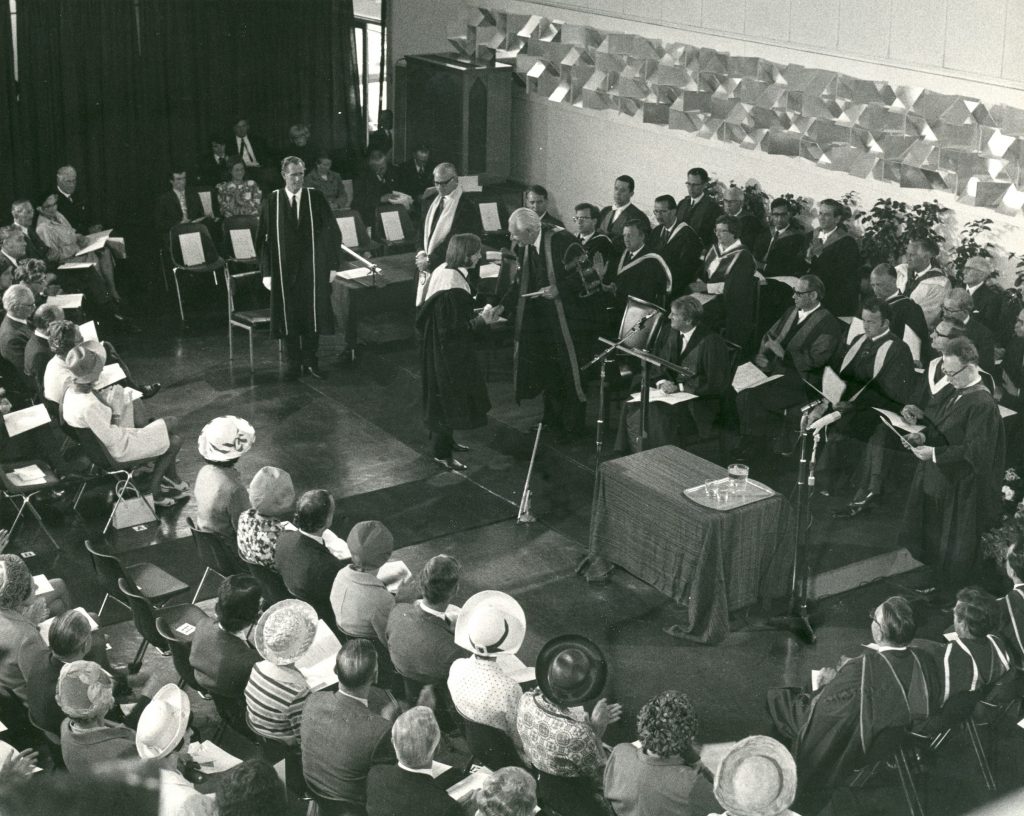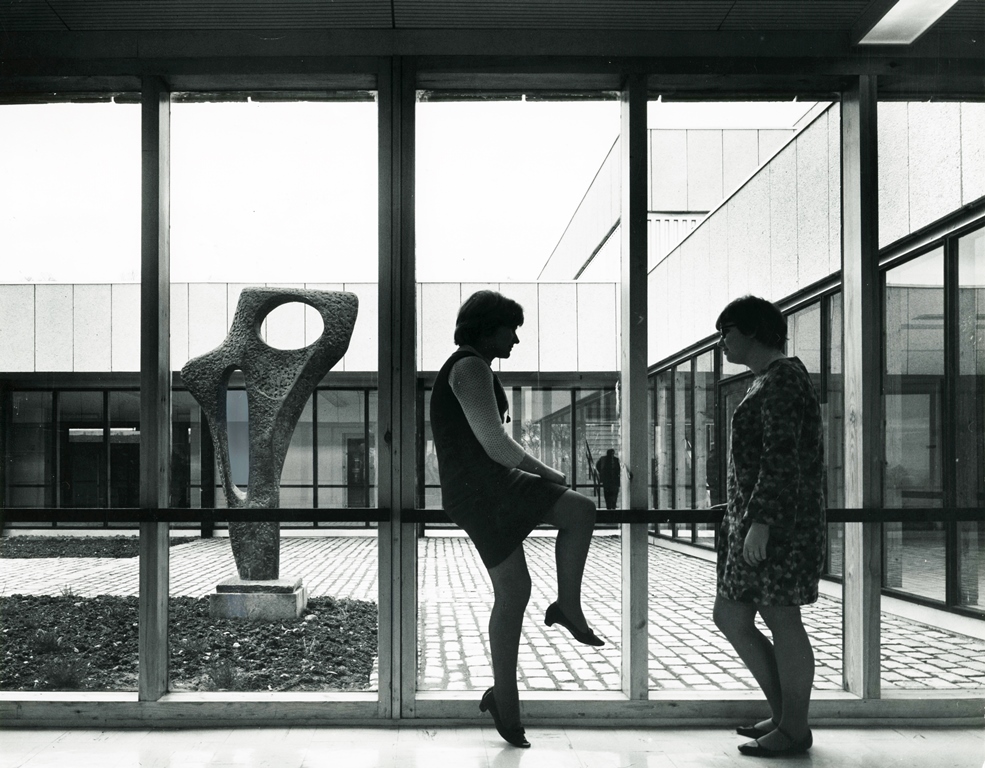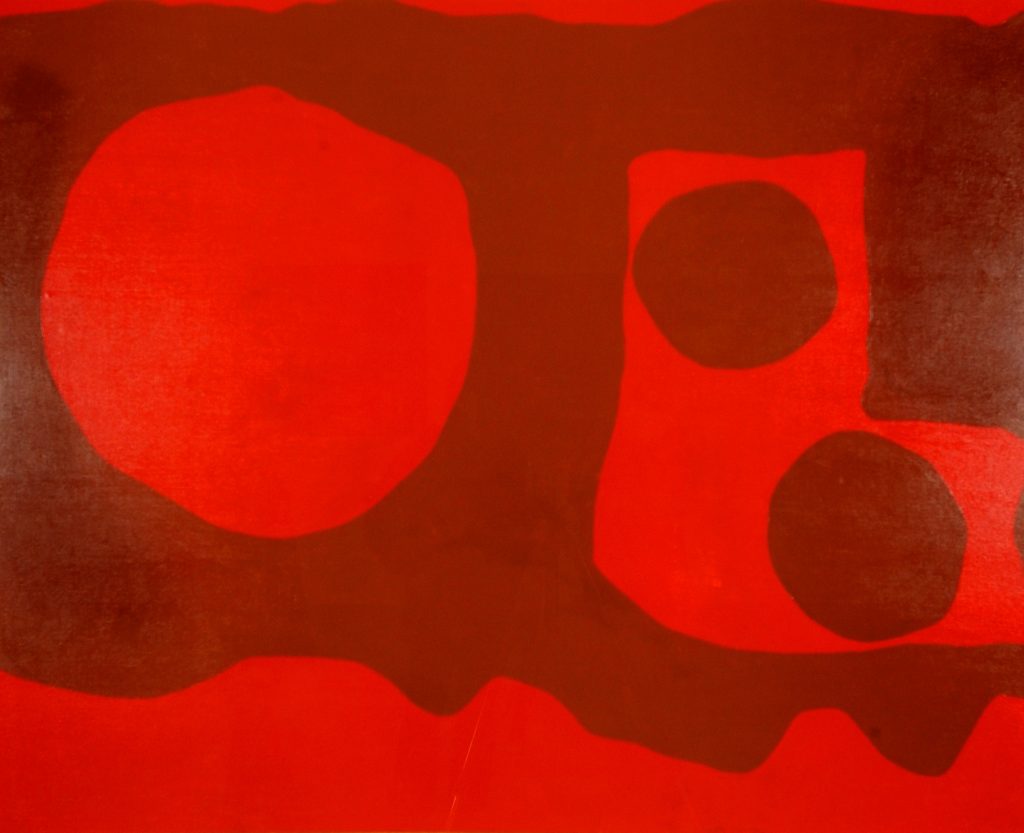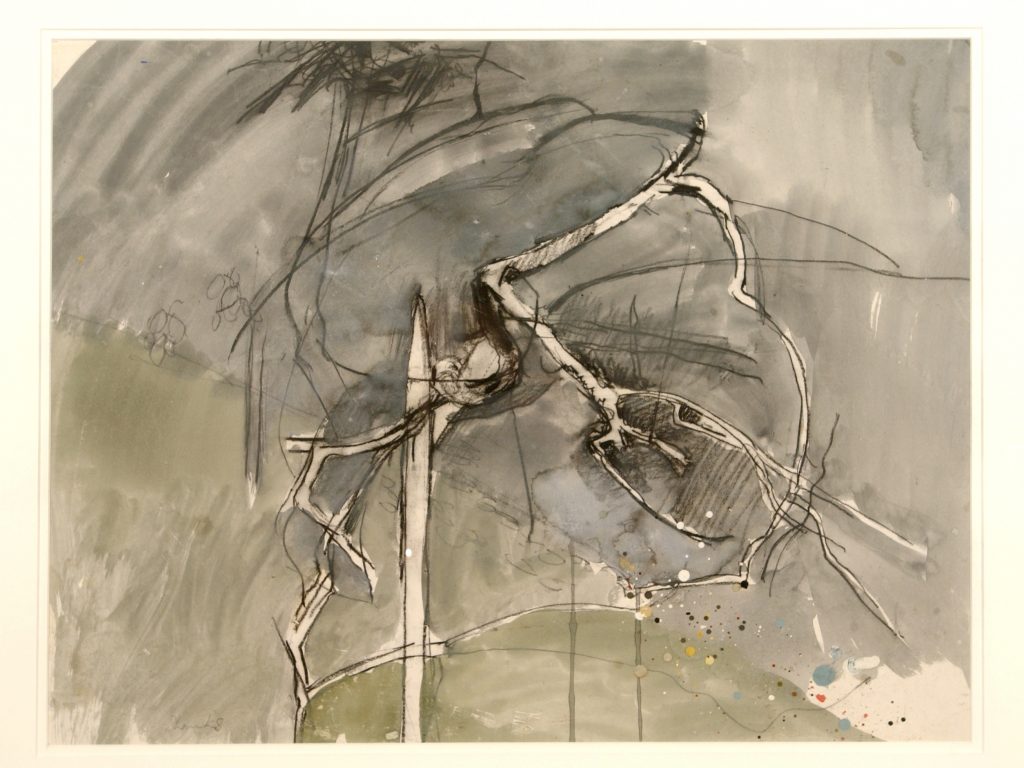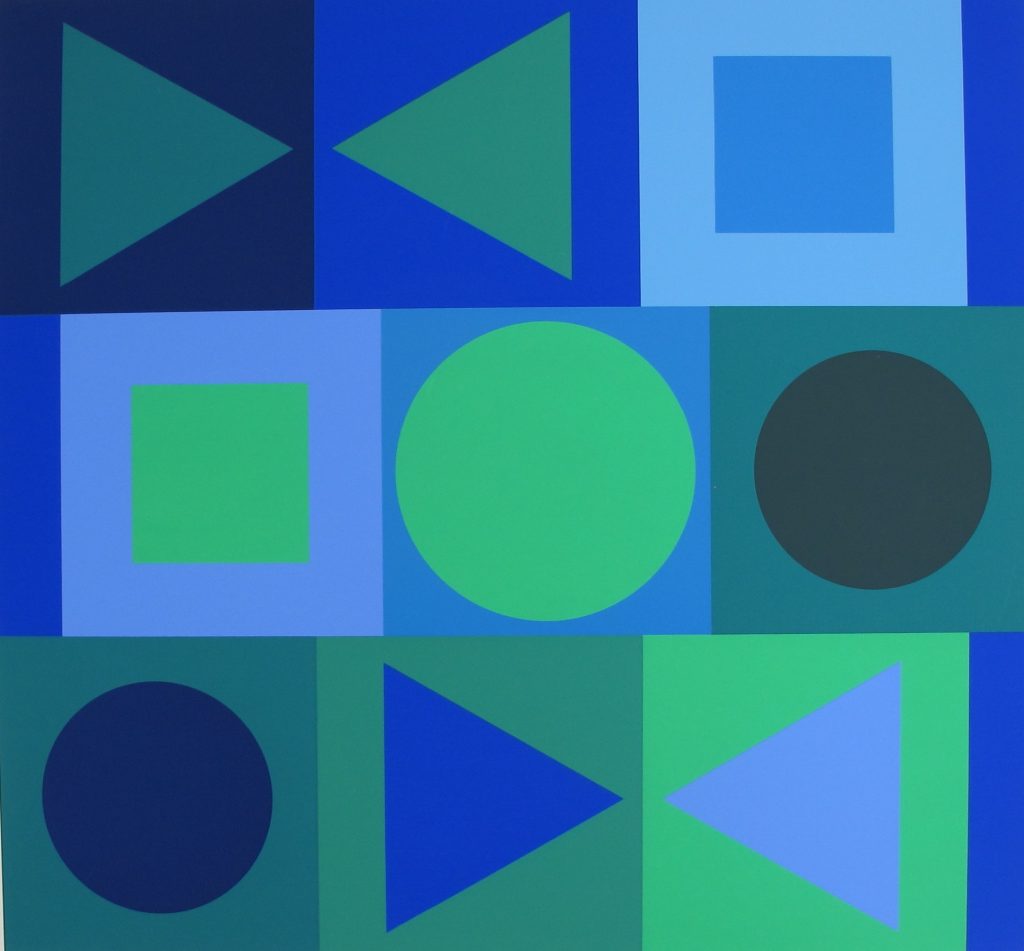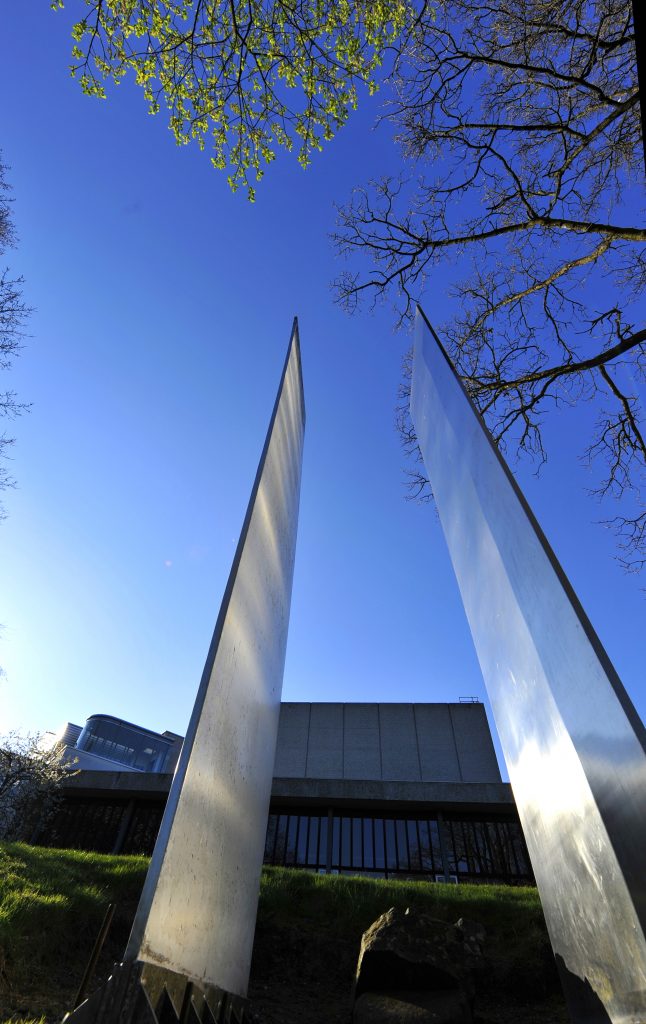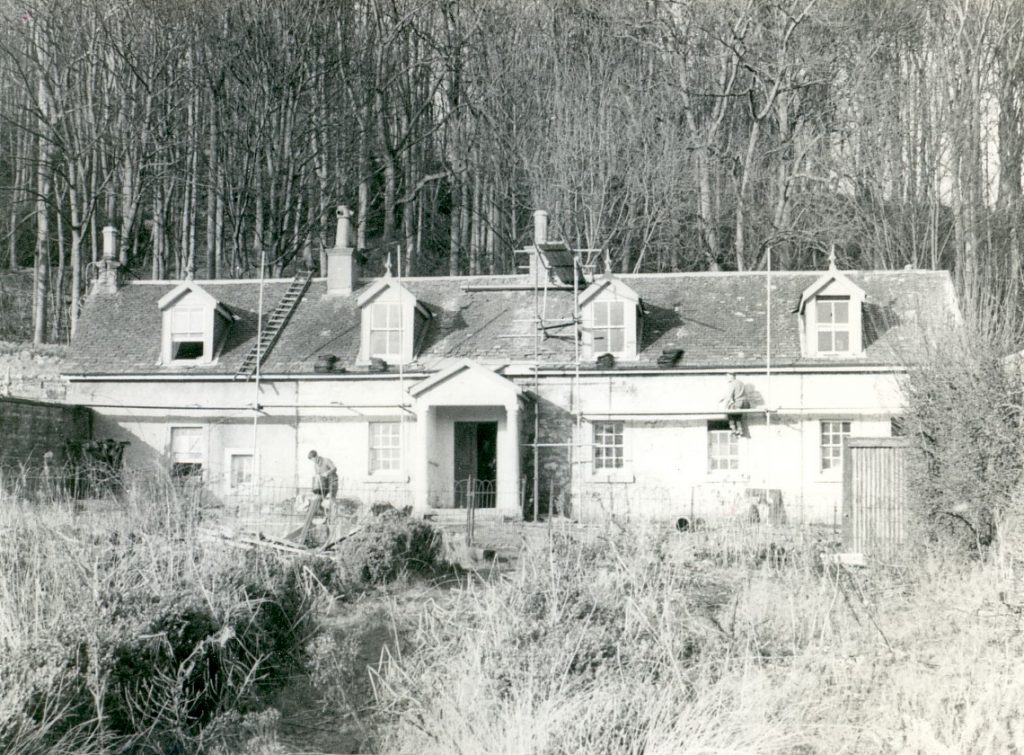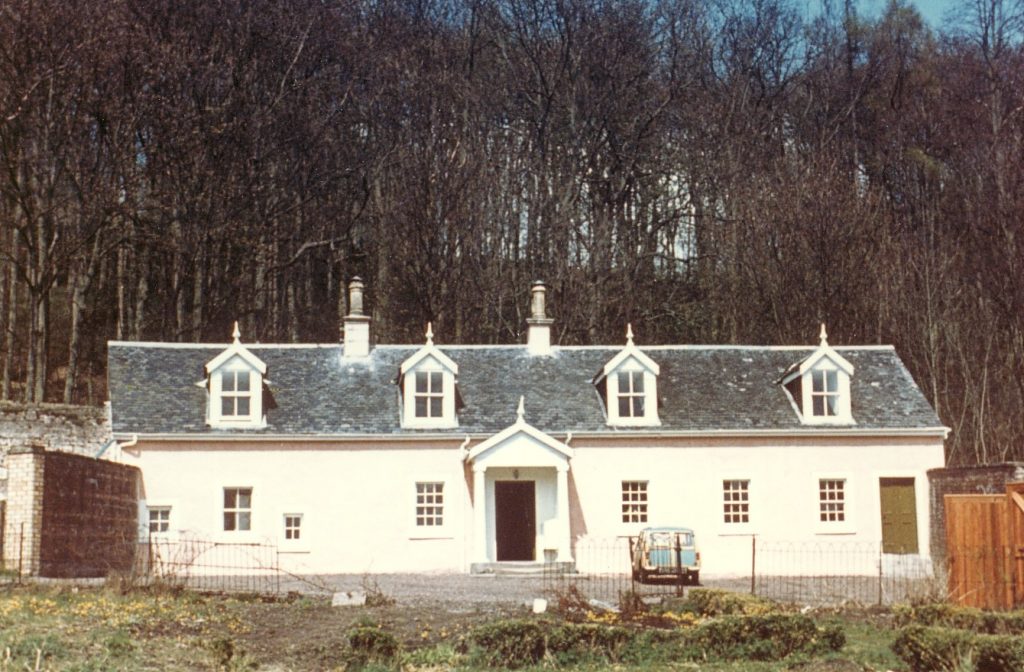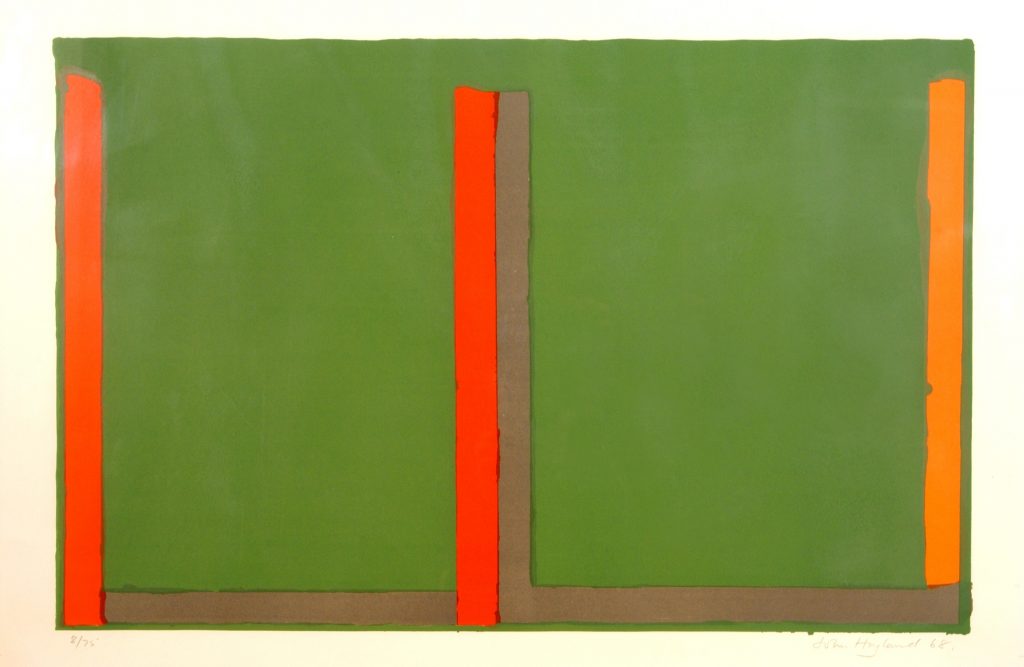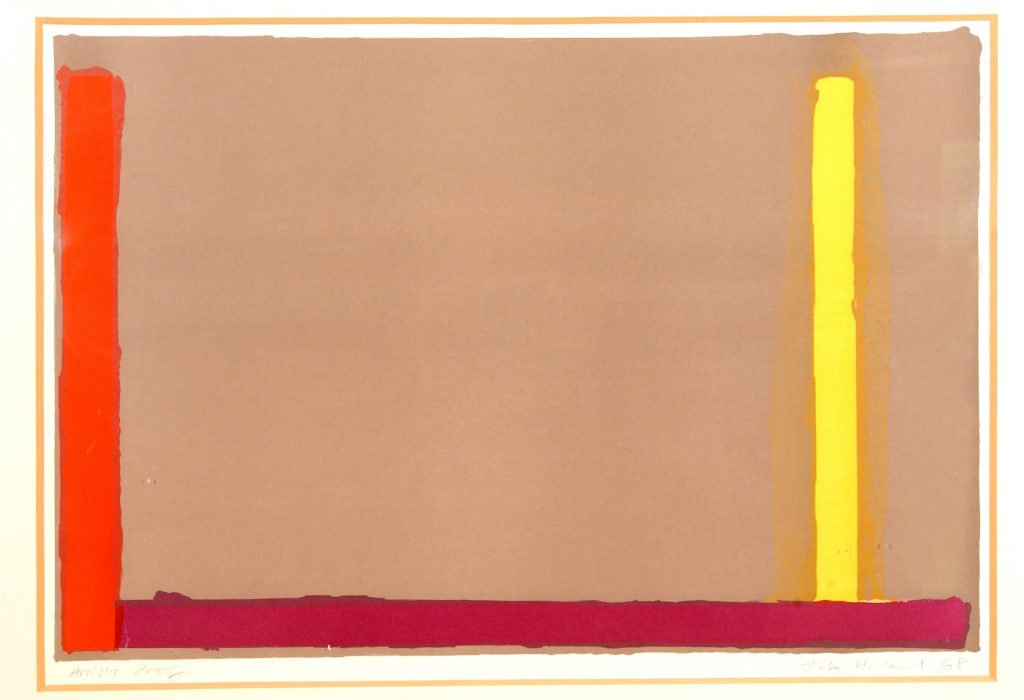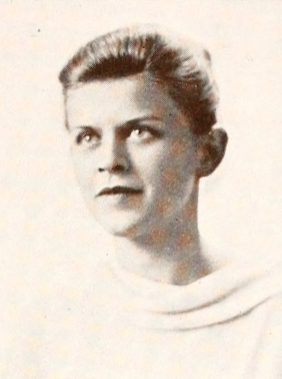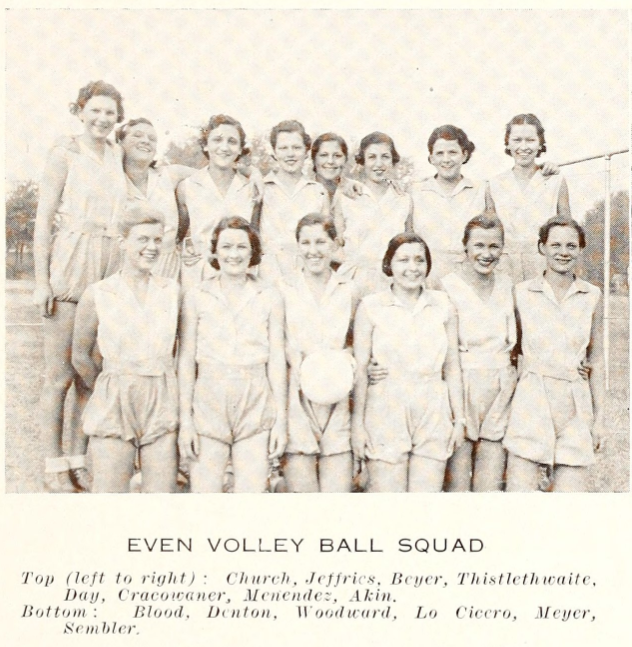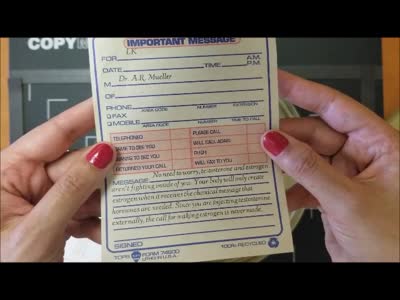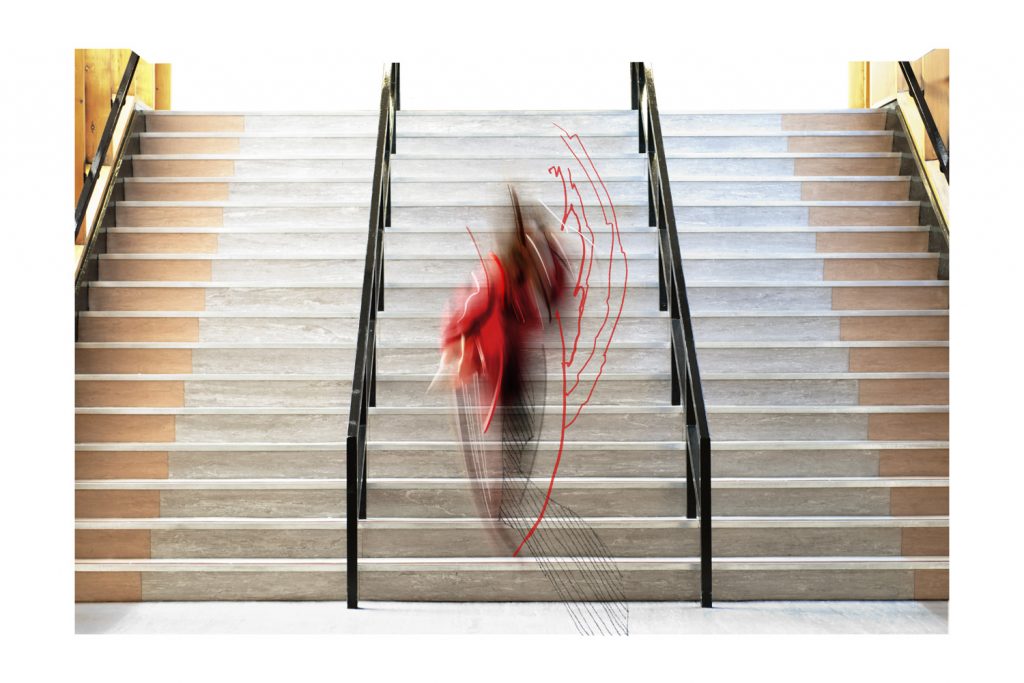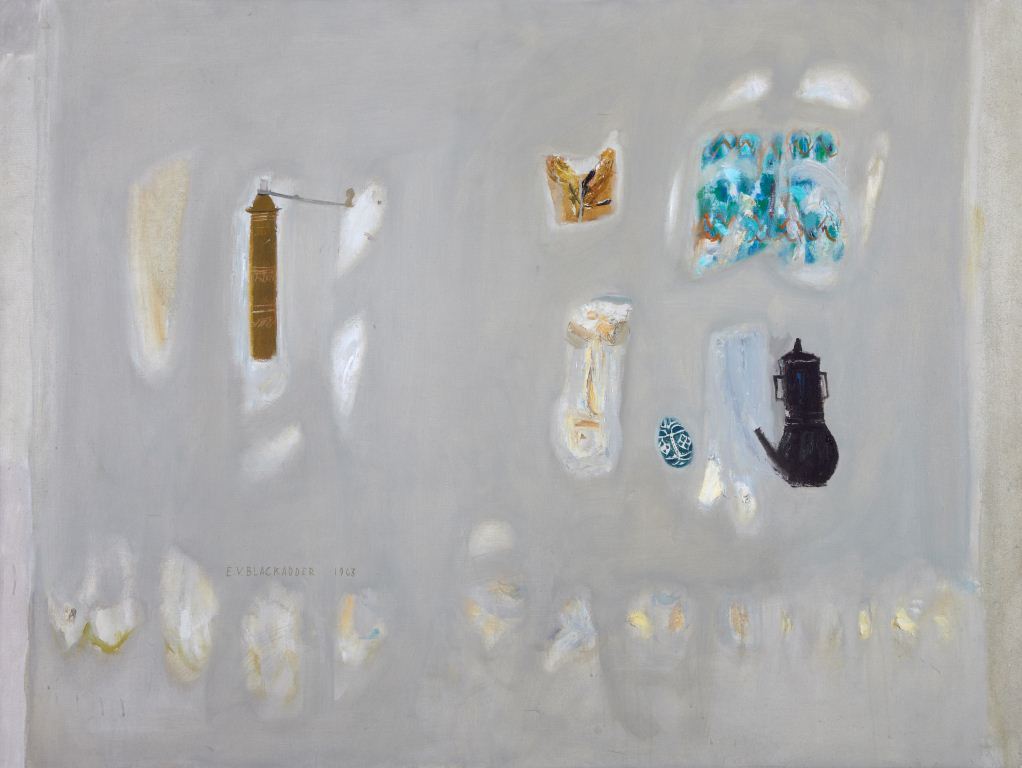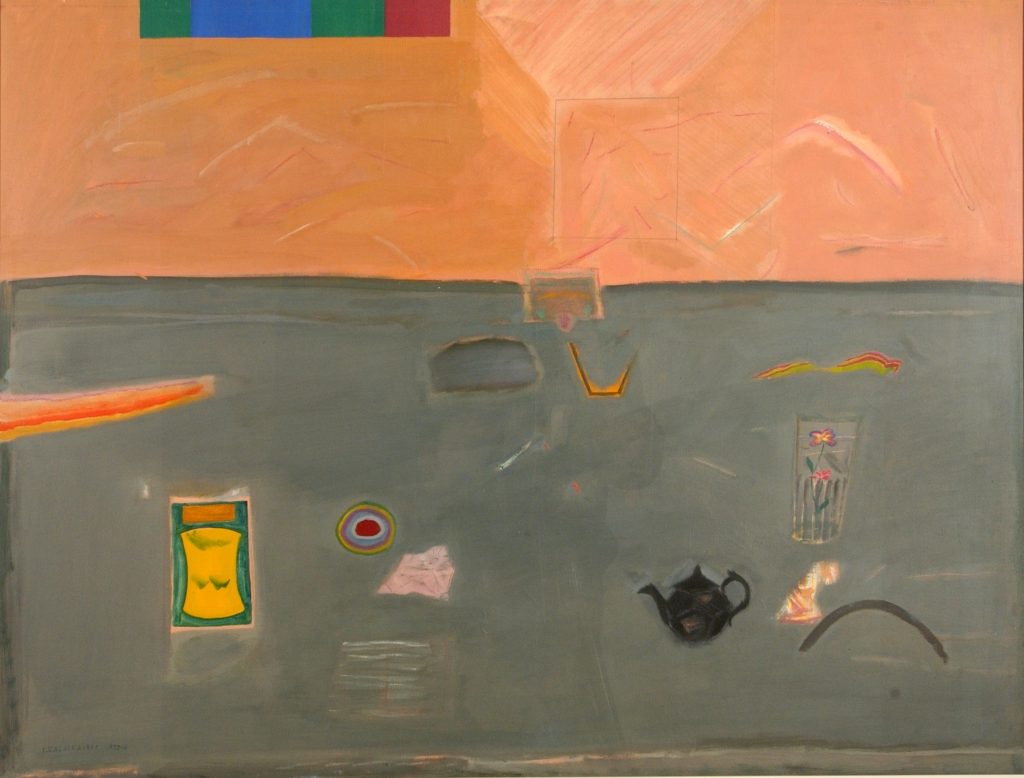On his way to becoming the new Commander of the U.S. Space Command (USSPACECOM), Lt. Gen. James Dickinson discussed the problem of over-classification in space operations at his confirmation hearing on July 28, 2020, before the Senate Armed Services Committee. In his testimony, Lt. Gen. Dickinson called for “a review of classification for collection data to ensure widest dissemination possible to the war fighter in a timely fashion.”
Dickinson explained that the over-classification of space information leads to the duplication of space systems, the lack of integration of space capabilities and training, and a critical lack of knowledge about specific space threats across U.S. operational forces. Similar concerns about over-classification in space have been raised since December 2019 by current and former Department of Defense (DOD) officials, including Secretary of the U.S. Air Force Barbara Barrett, and former Commander of the U.S. Pacific Command and Director of National Intelligence Dennis Blair, and former Deputy Secretary of Defense Robert Work.
USSPACECOM relies heavily on information collected and prepared by both the Intelligence Community (IC) and the combatant commands to support the mission of protecting and defending national security in space. Effective space defense relies on the collection, processing, and sharing of highly classified information that includes valuable sensor data, satellite communications, and navigation signals for a diverse set of end users. Over-classification of this information, which is strictly regulated by security controls, stymies the performance of Government engineers and contractors developing new technologies on a broad range of projects, and endangers warfighters.
Leaders across the DOD and the IC struggle with the existing classification system that protects, but also inhibits the proper sharing of sensitive information. Many from within the Government now call for a comprehensive review of the classification system to improve the timely dissemination for the operational support of warfighters. These demands echo recommendations the Public Interest Declassification Board has long advocated for the modernization of classification and declassification as a means of cutting costs, aligning the digital business practices of Federal agencies, and combatting over-classification to ensure a credible system for protecting national security information.
Outdated and excessively costly, the current method for classifying and declassifying national security information remains unsustainable in the digital information age. As all media become fully digital, analog technology and paper records become practically inaccessible and dysfunctional. The costs of the security classification system are staggering (reported to be an estimated $18.39 billion in FY 2017), yet resources for declassification remain woefully underfunded, while over-classification and the declassification backlog give rise to leaks and inadvertent disclosures that damage national security imperatives.
By continuing to unnecessarily classify information without timely declassification and a strategic transformation of the Government information system, the volume and diversity of records inaccessible to policymakers and the public will only continue to increase. Current practices diminish public confidence in the security classification system, impede appropriate information-sharing within the Government, and diminish the open discussion of our national history that is so fundamental to the democratic process. Yet, the Government still struggles to increase transparency and to demystify its classified activities.
In January this year, the Vice Chairman of the Joint Chiefs of Staff Gen. John Hyten called for cleaning up the Pentagon’s classification process, noting that “we’re just so overclassified it’s ridiculous, just unbelievably ridiculous.” Crucial reforms to the system will need to include a tightening of definitions and greater specificity for categories requiring protection in the first place. Some measure of constraint on the system will be necessary to combat over-classification, a topic which requires broader study and more clearly defined outcomes to reverse the trend of excessive secrecy. Over-classification manifested in excessive secrecy remains and will likely continue to pose a serious challenge to appropriate information sharing and control. The benefits of sharing classified information with properly cleared users outweighs the perceived detriments of inappropriate distribution. Classification need no longer be the default selection to ensure national security interests are adequately protected.


